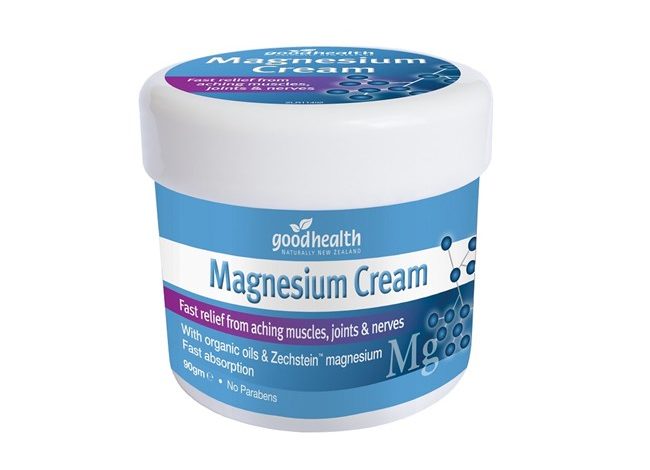What You Need to Know About Magnesium Cream

This magnesium cream may be unfamiliar to many, but you’ve probably seen it on the shelves. Over-the-counter topical magnesium is becoming more and more popular.
Do you know that this cream can be your best friend? This natural pain reliever can help people with fibromyalgia, PMS, and sore muscles. This article goes over some of the things you need to know before purchasing.
Why Use this Cream?
Magnesium levels below normal are often caused by inadequate absorption in the gut. Therefore, taking dietary supplements to increase magnesium levels may not be effective.
Magnesium creams can be of great benefit in these circumstances. It gives the skin a second route for the absorption of magnesium.
Studies have demonstrated that magnesium applied transdermally is effective. However, further scientific research is needed, with bigger numbers of people receiving magnesium creams at higher concentrations for longer periods.
How to Use It?
If you are using Magnesium Cream for the first time, take note of this:
- Go to your doctor and have tests to determine your current magnesium levels.
- Decide what you want to get out of magnesium supplements.
- Choose the proper application strategy if you prefer topical magnesium to nutritional magnesium.
- To get the greatest results, rotate your application area.
- Keep track of how the magnesium cream affects your targeted goals.
How to Apply the Cream?
Magnesium creams have a silky texture and are a magnesium emulsions that absorb quickly. Fragrance may or may not be present in some creams.
Be wary of magnesium creams that help you sleep but may also have melatonin as an ingredient. Do not use these if you are not familiar with melatonin.
For maximum benefits, apply a desired amount of the cream to the chest, neck, or belly 30 minutes before bedtime.
Is this Kind of Cream Safe?
Currently, it’s unclear whether applying topical magnesium creams has the same health benefits as taking magnesium supplements or consuming a magnesium-rich diet.
Talk to your doctor or a nutritionist if you’re concerned about a magnesium deficiency or want to get more of this crucial vitamin into your system.
Before applying the cream, test a small patch of skin on your arm to see if you have an allergic reaction. Magnesium creams often contain other compounds, and some people may experience stinging or burning.
Which Kind of this Cream Should I Use?
It is best to avoid magnesium creams that contain many additional ingredients. Instead, choose a magnesium creams that are 100% natural and avoid products with lengthy ingredient labels.
In addition, the skin must be completely clean for the cream to be effective, as cosmetics may interfere with magnesium absorption.
When using a cream containing full-strength magnesium, avoid getting it in direct contact with your eyes, mucous membranes, and face. Whenever irritation or redness occurs, rinse thoroughly with cool water.
Takeaway
Magnesium creams are an excellent approach to boost magnesium levels if you are deficient. If you suspect you have a magnesium deficiency and are considering using a magnesium cream, you should first contact your doctor and have tests to determine your magnesium levels.
Nevertheless, there is limited research on magnesium creams, and perspectives differ on whether the body can absorb it fully through the skin. To find out if this cream is right for you, talk to your doctor or a nutritionist.





